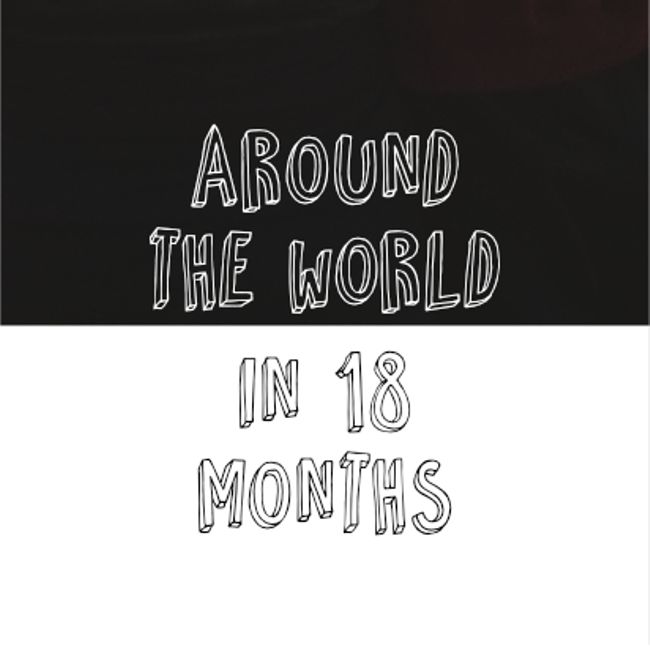
aroundtheworldin18months
vakantio.de/aroundtheworldin18months
Tag 109: Isla del Sol
வெளியிடப்பட்டது: 21.05.2017
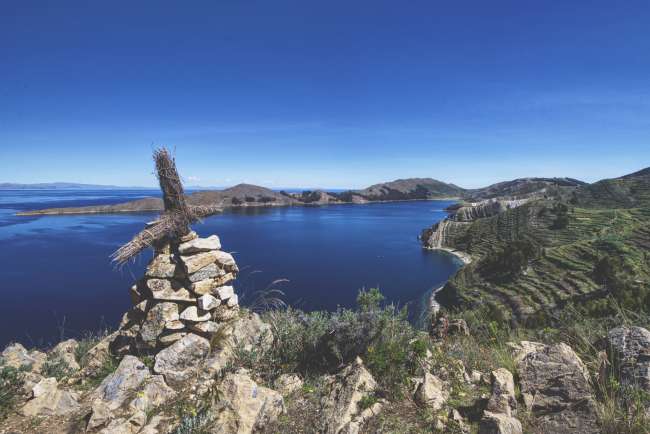
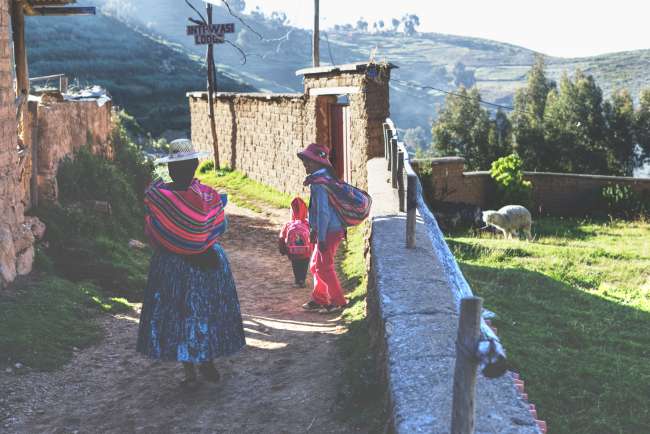
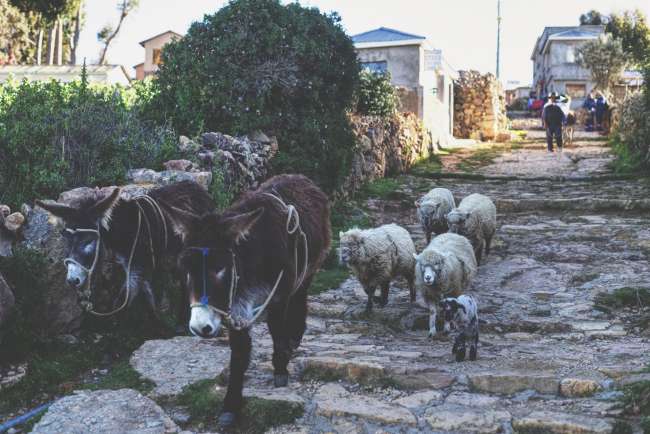
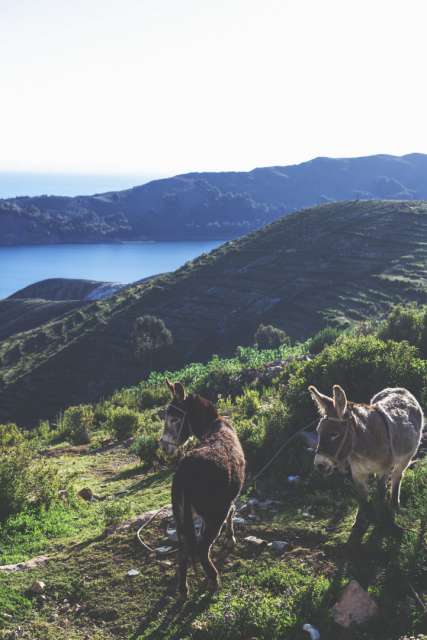
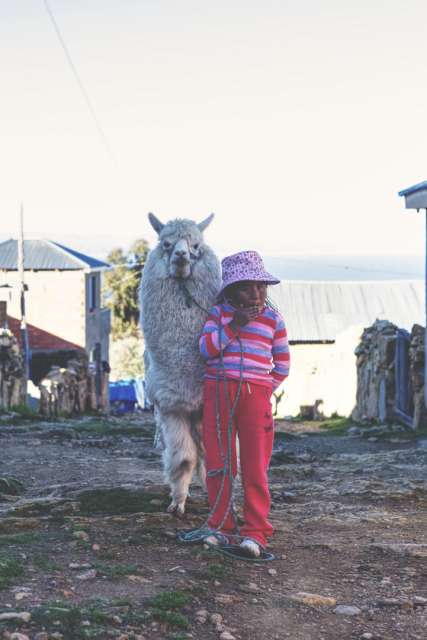
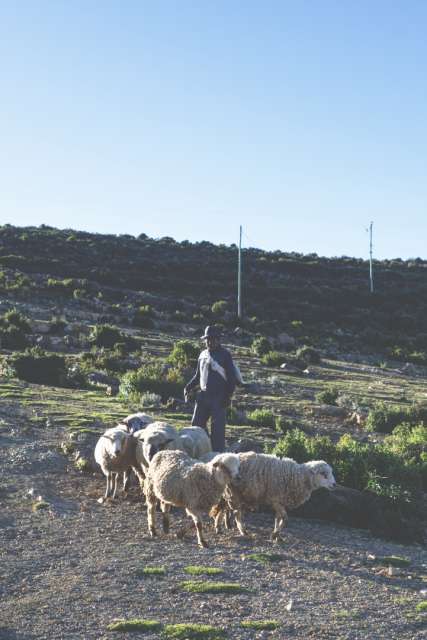
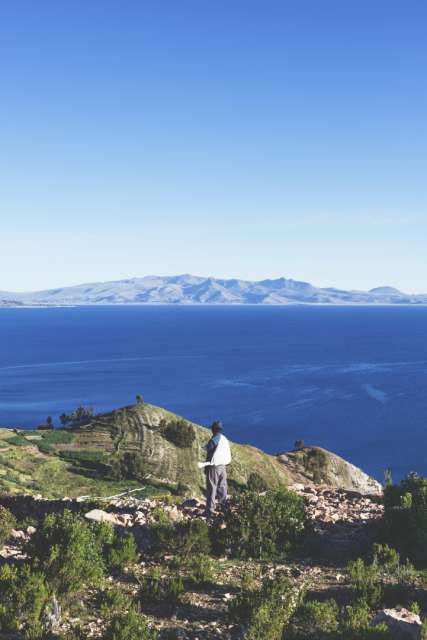
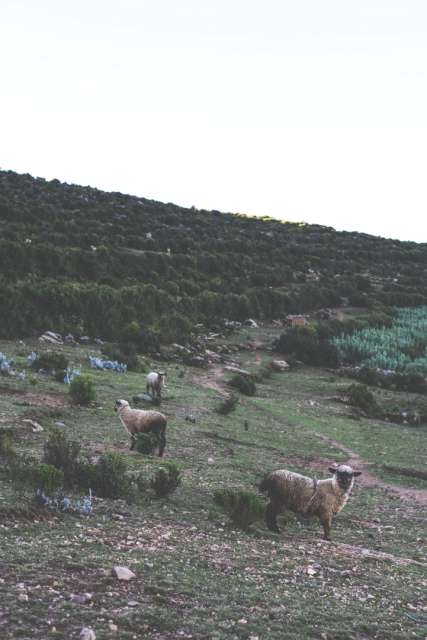
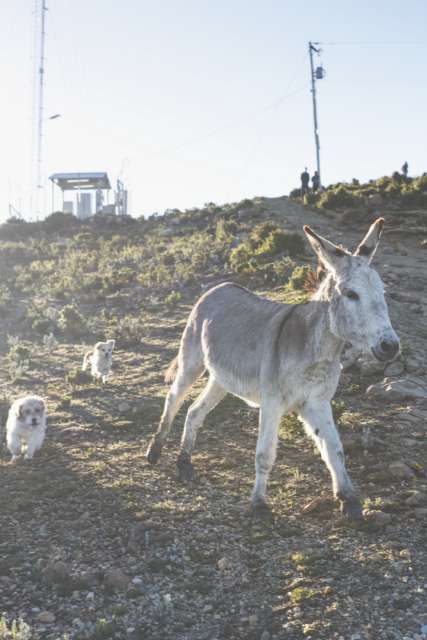
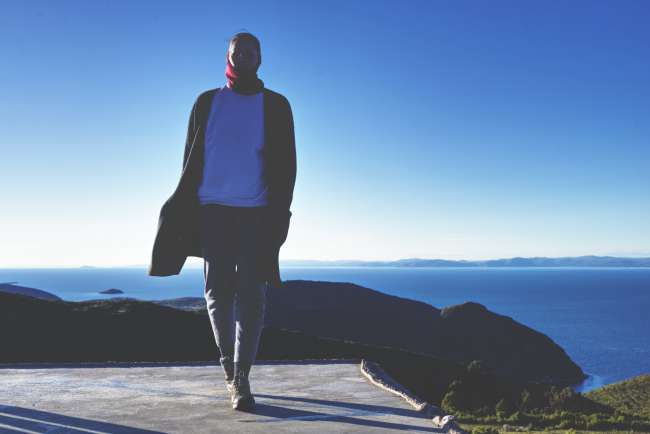
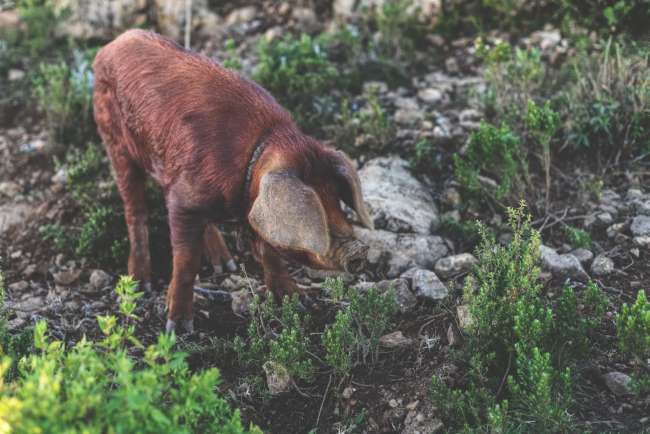
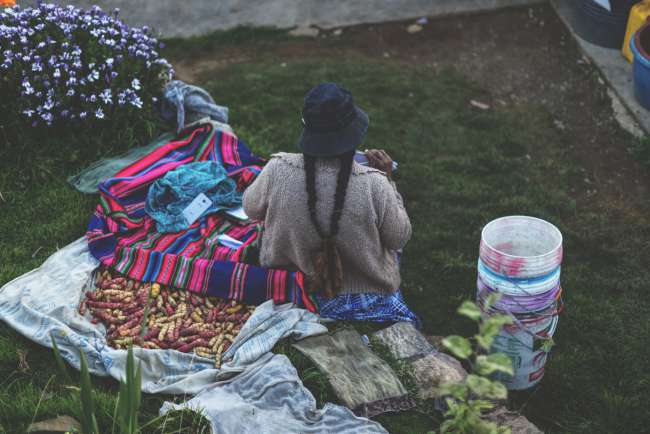
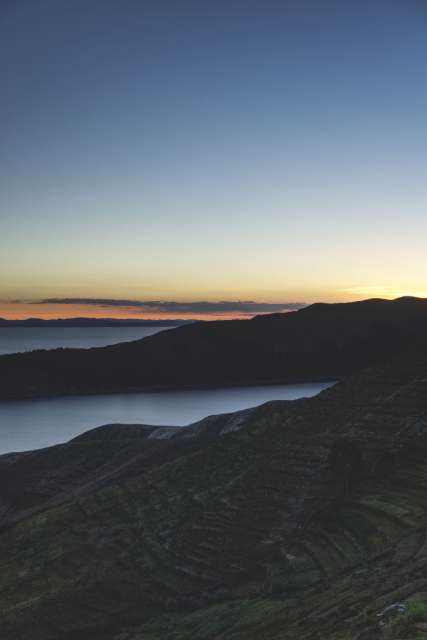
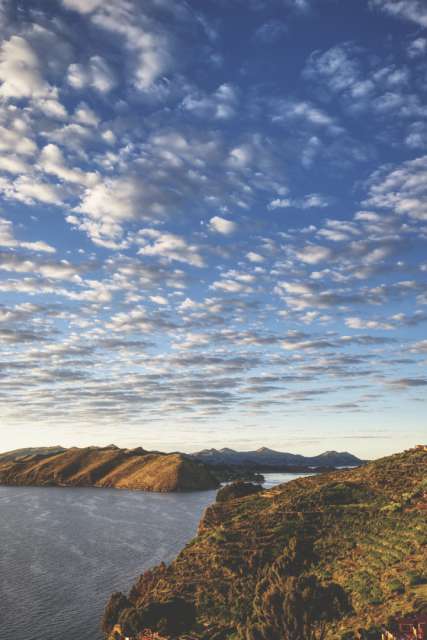
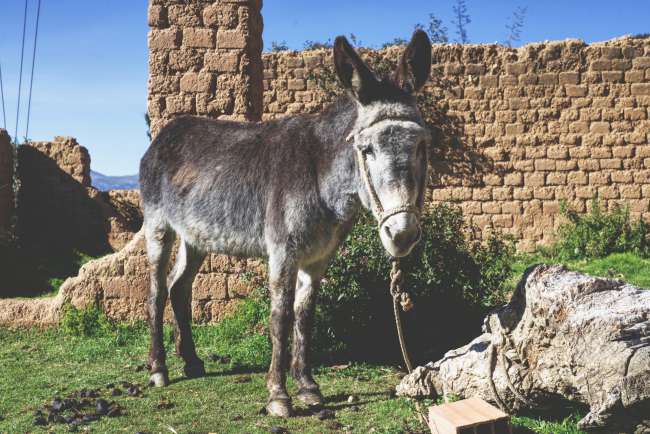
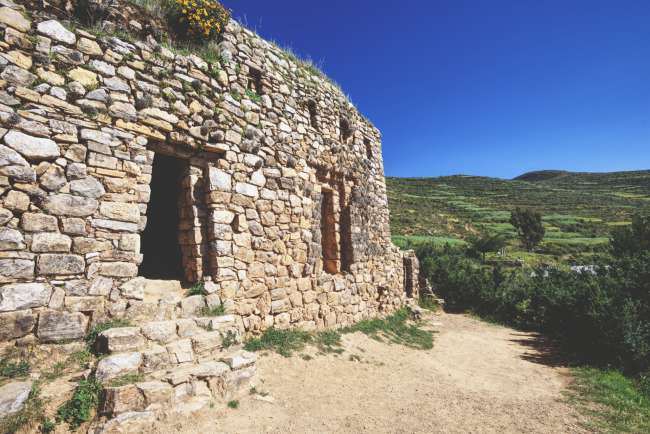
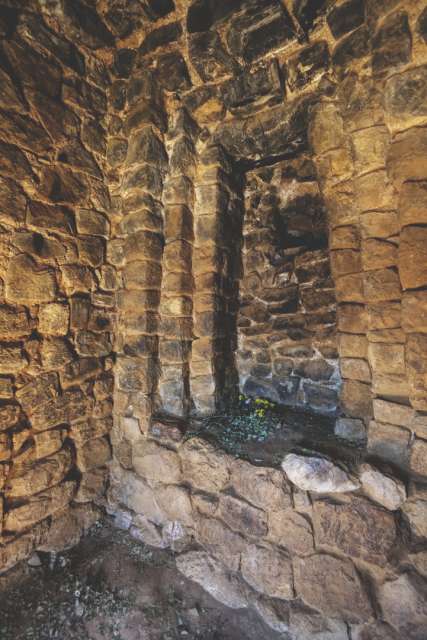
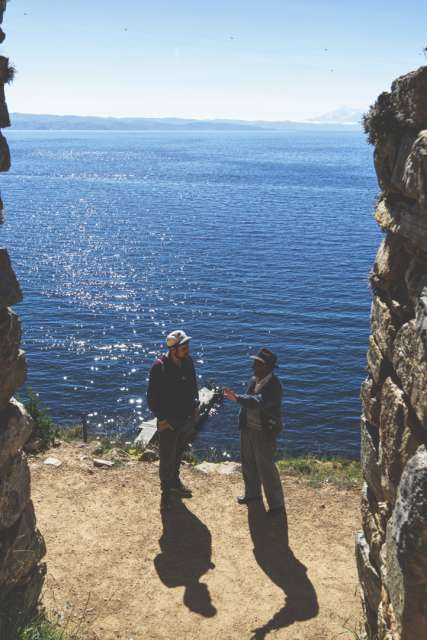
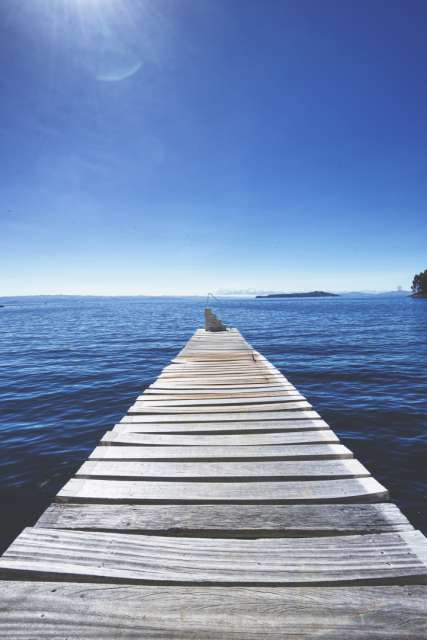
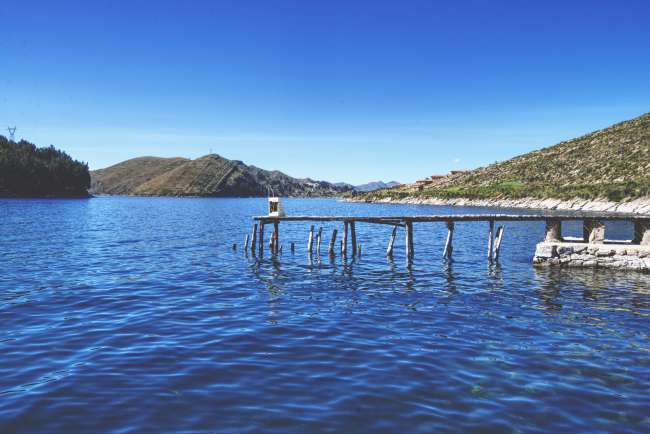
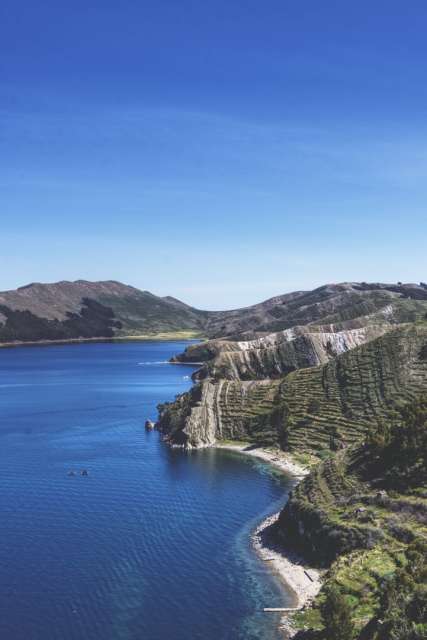
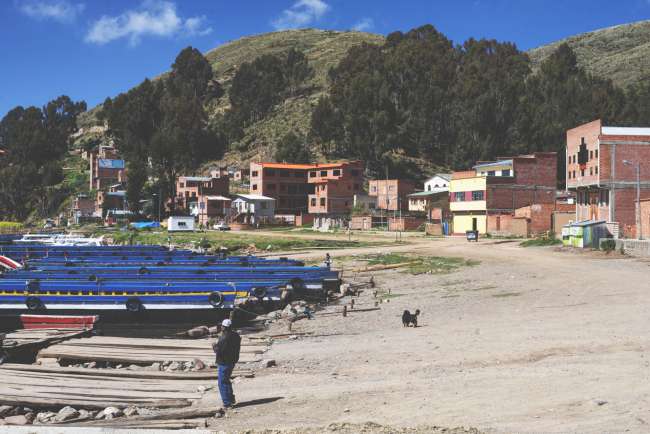
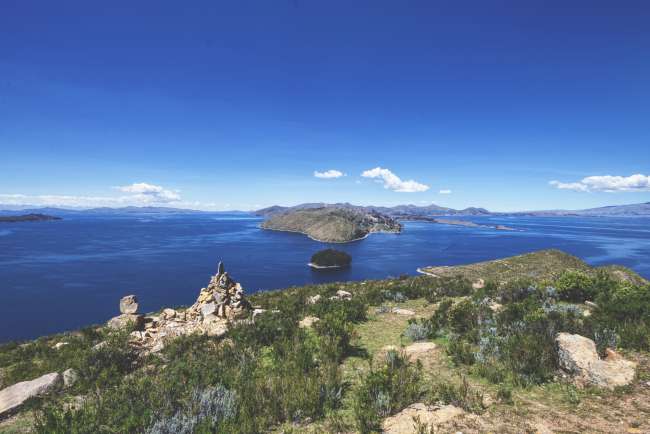
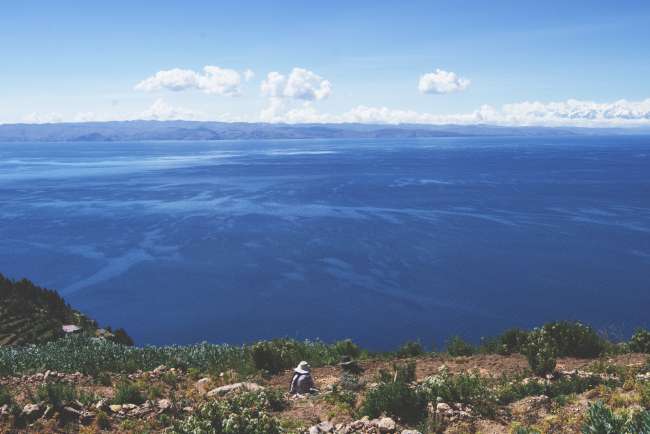
செய்திமடலுக்கு சந்தாதராகவும்
6:30 AM. The sun will rise in 15 minutes. The night was cold. We force ourselves out of our bed, dress warmly, and secure a spot on the terrace. The front row is already occupied. The sun waits until everyone is there and then shines in its full glory. We are offered a beautiful display of colors and light, and everyone participates. The clouds form into small sheep, the mountains clearly show how many different shades of green exist, and the royal blue lake sparkles as if it were made of diamonds. Once nature and humans have gathered themselves, breakfast is served. Discreet, but good. Now we want to see more of the island. There are said to be some Inca remains here. Sabrina is not feeling well, she is still a bit sick, and hiking at this altitude would be anything but pleasant. She enjoys the day in the warmth of the sun on the wind-sheltered terrace and reads her book. Tobias and I decide to explore on our own. We hike on the trails of the Incas, away from the village, across the island. After a while, we arrive at a small Inca temple. We are the first ones here. The temple is interesting, but not very exciting in itself. It becomes more exciting when we talk to the old man who watches over the toilet here. The question of whether there are secret passages or rooms here is a bit embarrassing for us, but we are amazed when the 70-year-old man tells us that there is a tunnel under the temple that leads under the lake to the 'Isla de la Luna', which is 7 kilometers away. We can't really believe the story, but the man assures us that he himself has been in the tunnel, which is now bricked up, almost 60 years ago when he was a child. With a mix of doubt and fascination, we continue. We climb the mountain, we want to reach the highest point. We hike for a few more hours in the sun, constantly turning our heads left and right to admire the breathtaking landscape, and then we return to the hostel. Our boat back to Copacabana leaves in an hour. We pick up Sabrina, grab our bags, say goodbye, and walk down the mountain to the harbor. We have half an hour left and decide to just sit there and watch the whole scene. The ride back takes forever, we are overtaken by three boats that left the island about 30 minutes after us. Fortunately, we meet some nice English people on the roof with whom we exchange experiences the entire journey. In Copacabana, we quickly get something to eat and relax in the light of the setting sun with a view of the lake until our bus to Puno arrives. About six hours later, we say goodbye to Bolivia and arrive in Puno, Peru.
For us, as Central Europeans, Bolivia has made the biggest cultural difference in South America so far. The country is very poor and very traditional. Life for Bolivians revolves around markets, without being touched by commerce. You won't find big supermarkets or fast food chains here. Many women wear traditional clothing, outside of the cities, llamas and sheep are herded through the mountains, and the colorful baby carrier on the back replaces the backpack or stroller or shopping bag. The food is very cheap and not really appealing. In general, everything is very affordable here. The landscapes are breathtaking, but the cities are ugly. Bolivia is mostly located at altitudes of 3,000 to 5,000 meters, which makes everything much harder. Breathing, for example. The Bolivians themselves seemed rather quiet and reserved to us, easily annoyed and very difficult to make laugh. However, we have also met travelers who have had the opposite experience.
செய்திமடலுக்கு சந்தாதராகவும்
பதில்

பயண அறிக்கைகள் பொலிவியா
